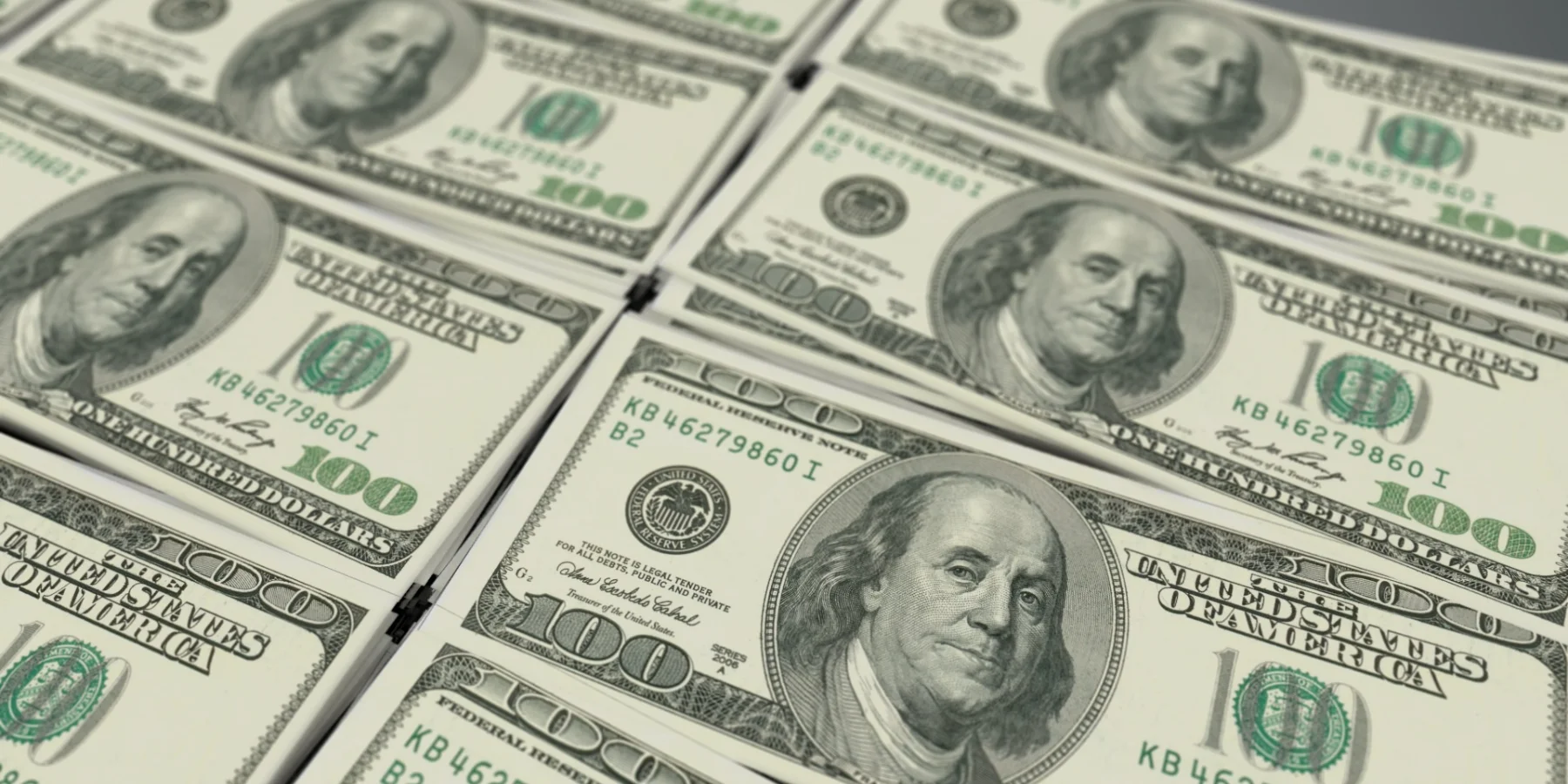
US banks
US Banks
US Bank funds are the cash least that financial organizations must have on hand to make central bank necessities. This is actual paper money that must be reserved by the bank in a vault on-site or held in its version at the central bank. In the United States, the Federal Fallback, or the Fed, dictates the quantity of cash, called the standby ratio, that each bank must preserve. The reserve ratio has actually ranged from zero to 10% of bank credits.
Understanding Bank Reserves
US Bank reserves serve as an antidote to panic. They ensure that banks never run short and have to refuse a customer’s withdrawal, possibly triggering a bank run. A central bank may also use bank standby points as a tool in financial policy. It can lower the reserve requirement so that banks are free to make a number of new loans and increase economic activity. Or it can necessitate that the banks increase their assets to slow economic development.
In recent years, the U.S. Federal Standby and the central banks of other industrialized economies have twisted to other strategies such as quantitative easing (QE) to realize the same goals. The Federal Reserve cut the cash standby minimum to zero percent on March 26, 2020, as the global pandemic usual.
The Character of the Federal Reserve
The U.S. dominant banking system—the Federal Reserve, or the Fed—is the most influential economic organization in the United States, possibly the world. Its core errands include setting interest rates, managing the money supply, and adaptable financial markets. The Federal Reserve allows banks to hold a certain quantity of cash in reserve so that they do not ever run short and have to refuse a customer’s extraction, possibly activating a bank run.
Recent Developments in US Banks’ Reserves
Recently, fears of liquidity drainage in the U.S. banking system as the Capital refills its funds have not appeared. On the contrary, reserves increased recently, assuaging some concerns the bond spree could lead to further credit tightening. The U.S. The Treasury is rebuilding its account over T-bills after the management’s debt maximum was deferred last month. Since initial June, the Treasury General Account at the Fed has amplified by about $460 billion.
Impact on the Economy
Usually, an upsurge in government copying coincides with a failure in request for the Fed’s overnight opposite repo facility (ON RRP), finished which money souq funds loan to the Fed, or with a drip in bank assets parked at the central bank. When banks absorb the new debt issuance they have less money to lend – a scenario which had some investors worried given ongoing fears of excessive credit tightening amid higher interest rates.
However, Federal Reserve data this week showed that in the week ending on July 19 reserves increased by about $58.5 billion to $3.22 trillion, while demand for the ON RRP facility declined by $87.3 billion.
Conclusion
The steady state of US banks’ reserves has helped to assuage fears of liquidity drainage. As the Treasury continues to refill its coffers, the banking system remains robust, with reserves increasing rather than decreasing. This development has helped to alleviate concerns about potential credit tightening and has contributed to maintaining stability in the financial markets.




